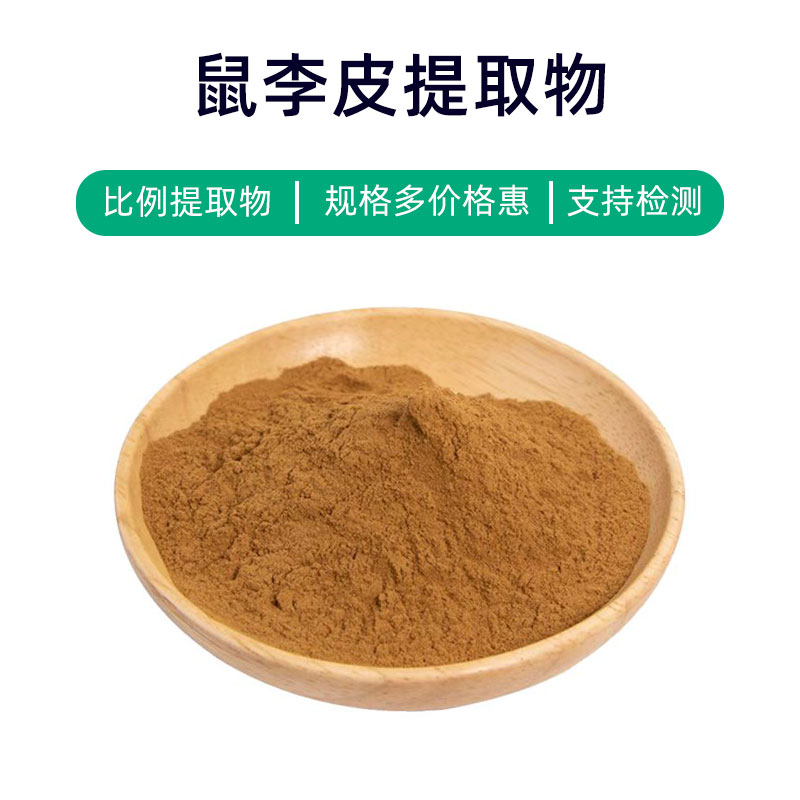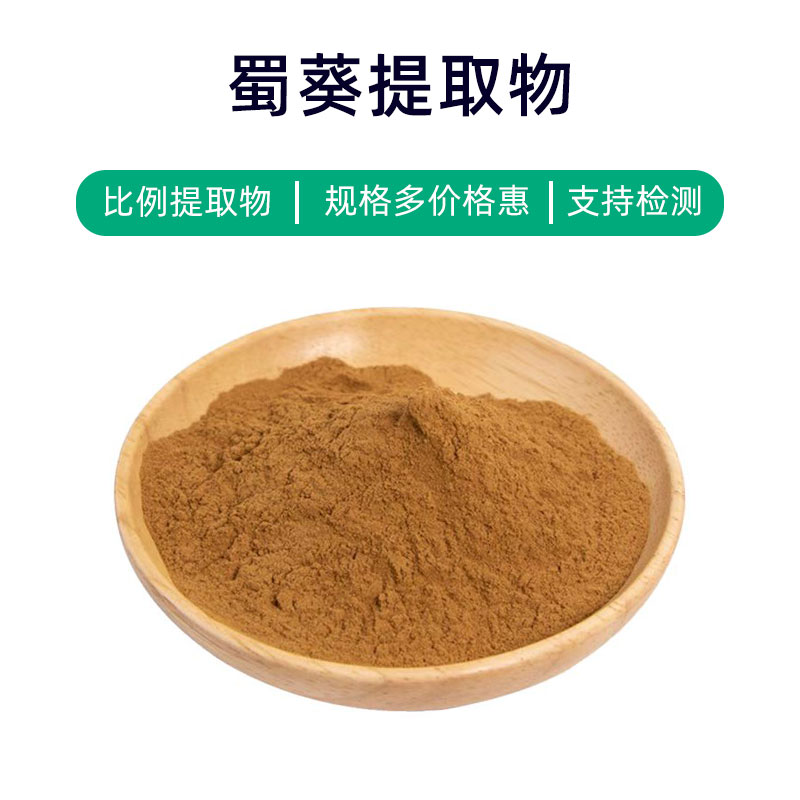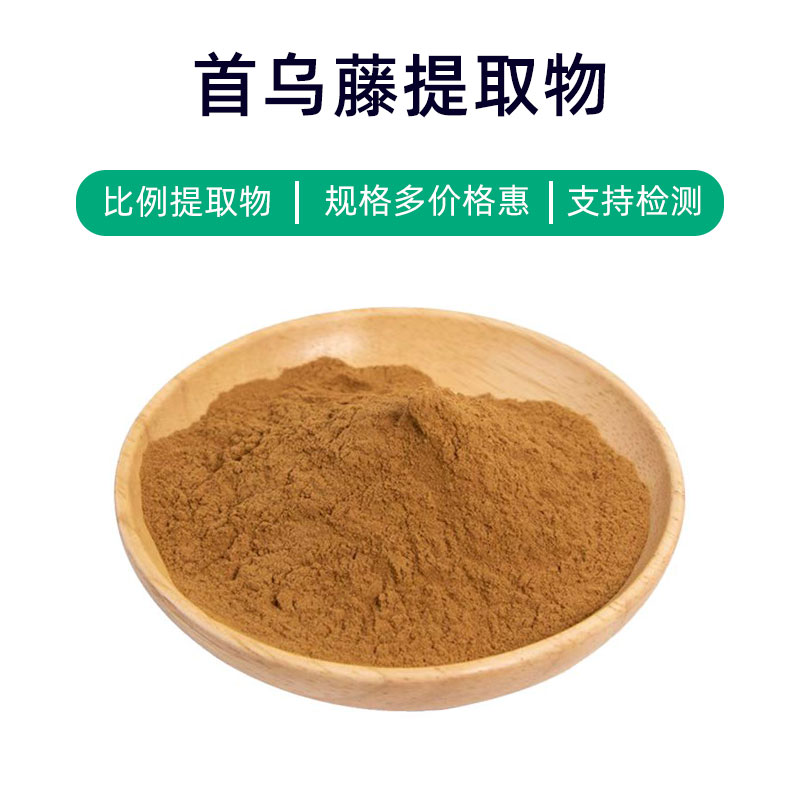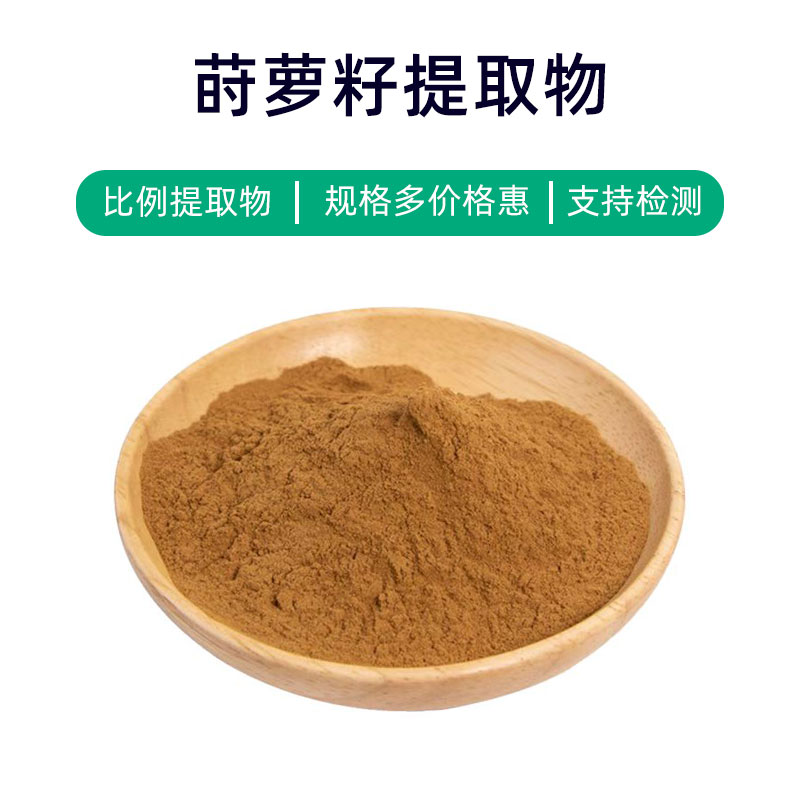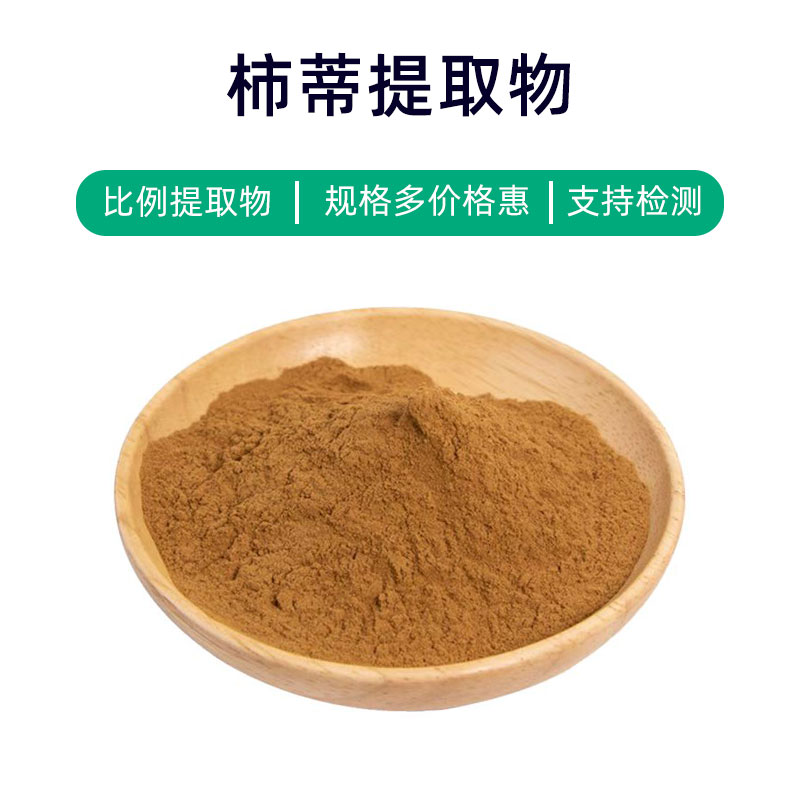Introduction to Black Lotus Extract
Black Lotus Extract is a natural plant extract derived from the Black Lotus (Nelumbo nucifera), containing active ingredients such as flavonoids, alkaloids, polysaccharides, and proteins. These components impart a variety of effects and applications to the extract.
First, Black Lotus Extract exhibits antioxidant properties, capable of eliminating free radicals in the body and protecting cells from oxidative damage, which helps delay aging. Second, it has anti-inflammatory properties that can reduce inflammation, alleviating pain and swelling. Additionally, this extract can regulate immune function, enhancing the body's immunity to help fend off disease.
Black Lotus Extract has extensive applications in medicine, health supplements, and cosmetics. In the medical field, it is often used to prepare drugs or supplements targeting antioxidant, anti-inflammatory, and immune-regulating effects. In health supplements, it is commonly made into oral products aimed at improving immunity and promoting health. In cosmetics, it is included in skincare products for its antioxidant and anti-aging benefits, protecting the skin from environmental damage and helping maintain its youthful health.
In summary, as a natural plant extract, Black Lotus Extract offers multiple benefits and a wide range of applications, holding significant value in the fields of medicine, health supplements, and cosmetics.
Production Process for Black Lotus Extract
The production process for Black Lotus Extract typically includes the following steps:
- Raw Material Preparation: Select fresh Black Lotus plants as extraction material, ensuring quality and purity. During selection, typically uncontaminated parts such as leaves, flowers, or rhizomes are chosen.
- Cleaning and Processing: Wash and treat the selected Black Lotus plants to remove surface impurities and contaminants, ensuring the cleanliness and safety of the raw materials.
- Crushing and Grinding: Crush and grind the cleaned Black Lotus plants to increase the extraction efficiency and surface area for the subsequent extraction process.
- Solvent Extraction: Use an appropriate solvent (such as water, ethanol, etc.) to extract the crushed Black Lotus plants, dissolving the active ingredients.
- Filtration and Concentration: Filter the extract to remove solid impurities, then use concentration techniques, such as vacuum concentration or membrane separation, to eliminate the solvent from the solution, yielding a concentrated extract.
- Crystallization and Purification: Subject the concentrated extract to crystallization and purification to remove impurities and increase purity, ensuring product quality and stability.
- Drying and Grinding: Dry the purified Black Lotus Extract to remove moisture, then grind and sieve to achieve the desired granularity.
- Packaging and Storage: Package the extract, typically in sealed or inert gas packaging to prevent oxidation and contamination. Store it in a dry, cool, and dark environment to ensure its stability and shelf life.
The above outlines the typical production process for Black Lotus Extract, where each step requires strict control and operation to ensure the quality and safety of the final product.
Effects and Side Effects of Black Lotus Extract
Black Lotus Extract is a common plant extract with various benefits, primarily including:
- Antioxidant Effects: Rich in natural antioxidants like polyphenols, Vitamin C, and E, it neutralizes free radicals and inhibits oxidation, protecting cells from damage and delaying aging.
- Anti-inflammatory Effects: Contains abundant bioactive components that provide significant anti-inflammatory properties, helping to alleviate tissue inflammation and pain, and being effective for conditions like arthritis and skin inflammation.
- Liver Protection: Research indicates that some components of Black Lotus Extract have protective effects on the liver, promoting liver cell regeneration and alleviating liver damage, which can aid in conditions like hepatitis and fatty liver disease.
- Circulation Improvement: Contains some components that can dilate blood vessels, promoting blood circulation, reducing blood viscosity, and improving microcirculation, which helps prevent cardiovascular diseases and hypertension.
- Immune Enhancement: Rich in polysaccharides that can enhance immune function, increasing the activity of immune cells and strengthening resistance to infections and diseases.
- Digestive Improvement: Some components help promote digestive secretion and enhance gastrointestinal motility, improving digestion and alleviating issues like dyspepsia and gastrointestinal inflammation.
- Antimicrobial Effects: Contains active ingredients that exhibit antibacterial and antiviral properties, inhibiting the growth of bacteria and viruses, with potential for preventing and treating infectious diseases.
- Skin Protection: The polyphenolic compounds in Black Lotus Extract provide good moisturizing and antioxidant properties, nourishing the skin, reducing spots and wrinkles, and protecting skin from external environment and UV damage.
Although Black Lotus Extract has various benefits, attention to individual differences and moderation is important to avoid adverse reactions. Specific populations, such as pregnant women, children, and those with allergies, should use it under medical guidance.
Applications and Dosage of Black Lotus Extract
Black Lotus Extract is widely used in the fields of medicine, food, and cosmetics. Below are specifics on its applications and recommended dosages in each area:
- Applications in Medicine:
- Uses: Often incorporated into traditional Chinese medicine formulas or pharmaceutical processes to improve physiological functions, enhance immunity, regulate blood sugar, and protect the liver.
- Dosage: Typically used orally, it may serve as an herbal material or component in traditional medicines, with dosages determined by specific formulas and conditions, generally recommended to follow guidance from healthcare providers or drug instructions.
- Applications in Food:
- Uses: Can be used as a food additive to enhance nutritional value, taste, and health benefits of food.
- Dosage: Commonly added through soaking, spraying, or mixing, with amounts based on the type of food and production process, complying with national regulations and standards.
- Applications in Cosmetics:
- Uses: Widely used in cosmetics for skincare, moisturizing, and antioxidant effects, often found in creams, lotions, and serums.
- Dosage: Can be directly added to cosmetic formulations, with amounts determined by product type and desired effects, suggested to follow product guidelines or manufacturer recommendations.
In these applications, caution is advised in the use of Black Lotus Extract by adhering to the following principles:
- Perform allergy tests before use to confirm no allergic reactions.
- In medical applications, adhere to medical advice and do not alter dosages or usages arbitrarily.
- In food and cosmetic applications, select qualified products and follow dosage recommendations on the product label.
- For special groups (such as pregnant women, nursing mothers, and infants), avoid or use cautiously, consulting with health professionals or nutritionists when needed.
Overall, Black Lotus Extract has broad potential in the fields of medicine, food, and cosmetics, but careful selection and proper use are essential to ensure safety and effectiveness.
Description of the Source Plant of Black Lotus Extract, Distribution and Growing Environment
Black Lotus (Scientific Name: Nelumbo nucifera Gaertn.) is a perennial aquatic plant belonging to the family Nymphaeaceae. It is commonly known as lotus or water lily. Here’s a detailed description of the source plant, its distribution, and growing environment:
- Plant Description:
- Black Lotus is an aquatic plant characterized by fleshy rhizomes and large, round leaves. Its flowers are typically pink or white, with multi-layered petals forming a conical center rich in pollen and stamens.
- The plants usually exhibit strong adaptability, capable of thriving in freshwater environments, such as lakes, rivers, and ponds, and can withstand a degree of saline or alkaline stress.
- Distribution:
- Native to Asia, Black Lotus is mainly found in countries such as China, India, Japan, and Korea, and is one of China’s traditional precious aquatic plants.
- In China, it is widely distributed in freshwater lakes, ponds, rivers, and rice paddies in provinces like Jiangsu, Zhejiang, Hubei, Hunan, and Anhui, being a common plant in southern water bodies.
- Growing Environment:
- The Black Lotus thrives in warm, humid climates, preferring abundant sunlight and stable water conditions.
- It can grow in freshwater bodies, such as ponds and streams, at depths of about 1 meter, with a preference for muddy or sandy soils, requiring clear water with a pH between neutral and alkaline.
- Its growing season typically occurs in spring and summer, with growth rates increasing with rising temperatures and longer daylight hours.
Apart from its ornamental value, as a beautiful aquatic plant, parts such as rhizomes, petals, and seeds of the Black Lotus are utilized in food, medicine, and cosmetics, making it an important resource with economic and ecological value.
Processing and Storage of Black Lotus Extract
The processing of Black Lotus Extract primarily involves the following steps: First, wash the roots, flowers, and other parts of the Black Lotus to remove impurities; then, employ suitable extraction methods (like water or ethanol extraction) to obtain active components; next, concentrate, filter, and dry the resulting extract; finally, process it into powder or liquid extracts as needed, and undertake packaging, quality inspection, and storage.
For storage, Black Lotus Extract should be kept in a cool, dry, and well-ventilated environment, avoiding direct sunlight and high temperatures. The packaging should use containers that are well-sealed and opaque to prevent air, moisture, and odors from entering, thus protecting against oxidation, volatility, and changes in quality. Regularly checking the appearance and properties of the extract ensures the quality and stability of the product, extending its shelf life.
Monica Sun is a seasoned expert in the plant extraction industry with over a decade of experience in research and production. She specializes in the extraction and purification of plant active ingredients, focusing on driving innovation in natural product applications. Monica has participated in the development of multiple functional plant extracts, delivering high-value natural raw material solutions for the health food, pharmaceutical, and dietary supplement sectors.









